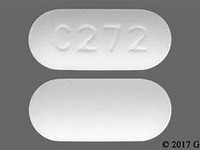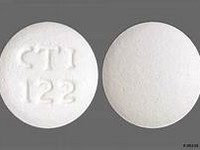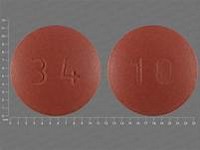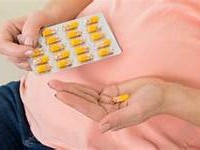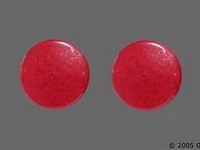nefopam hydrochloride

CLINICAL USE
Analgesic for moderate painDOSE IN NORMAL RENAL FUNCTION
Oral: 30–90 mg 3 times a dayPHARMACOKINETICS
DOSE IN RENAL IMPAIRMENT
GFR (mL/MIN)
DOSE IN PATIENTS UNDERGOING RENAL REPLACEMENT THERAPIES
IMPORTANT DRUG INTERACTIONS
Potentially hazardous interactions with other drugsADMINISTRATION
Reconstition
–Route
OralRate of Administration
–Comments
–OTHER INFORMATION
Avoid repeated or chronic administration in end stage renal disease and dialysis patientsIn the elderly a dose of 30 mg 8 hourly is recommended due to reduced metabolism and increased susceptibility to side effects. Renal patients may also have reduced metabolism and excretion so may also have the same problems – always start with the lower doseActive metabolites excreted in the urine .
See how to identify renal failure stages according to GFR calculation
See how to diagnose irreversible renal disease
Home
